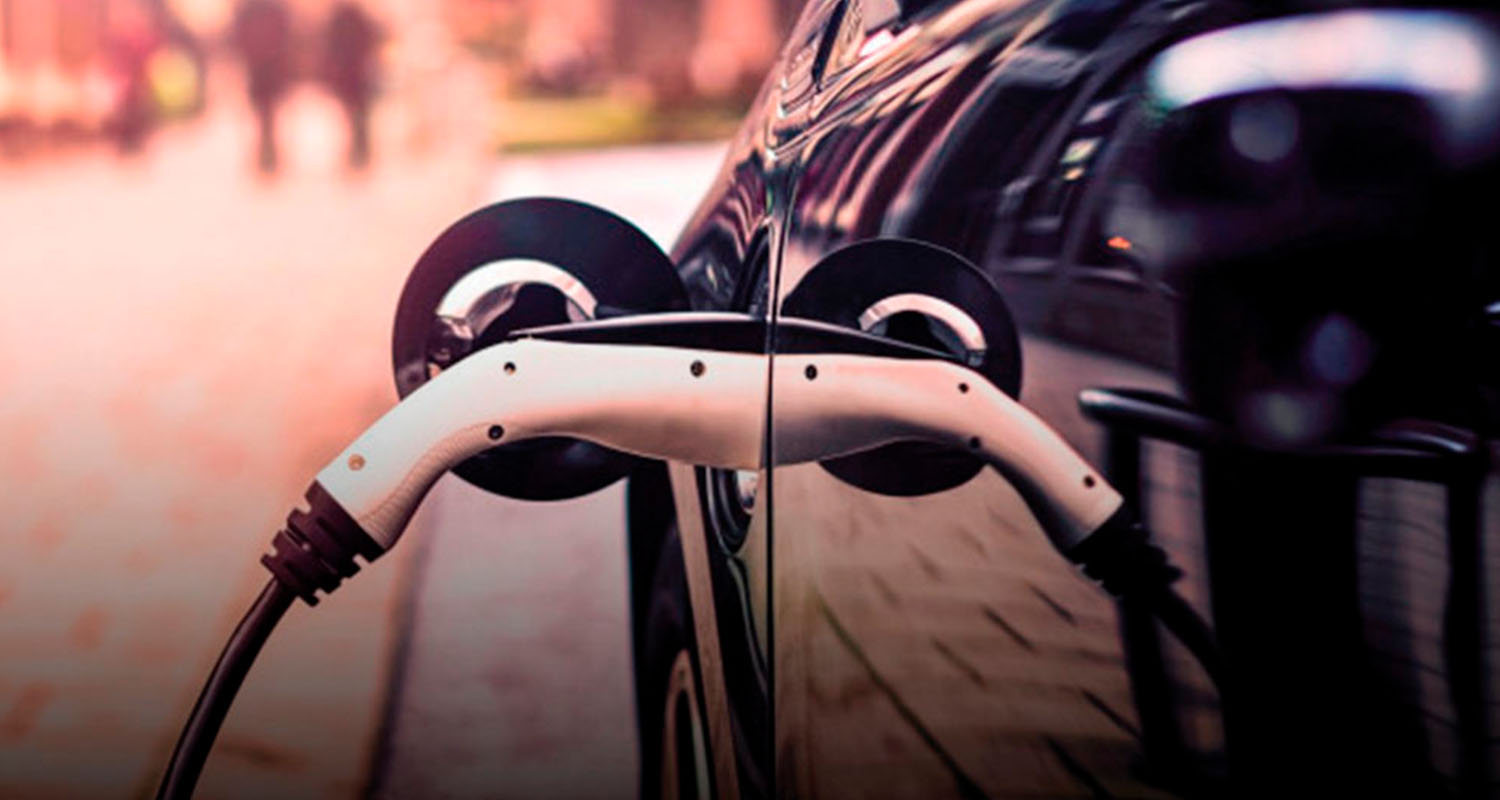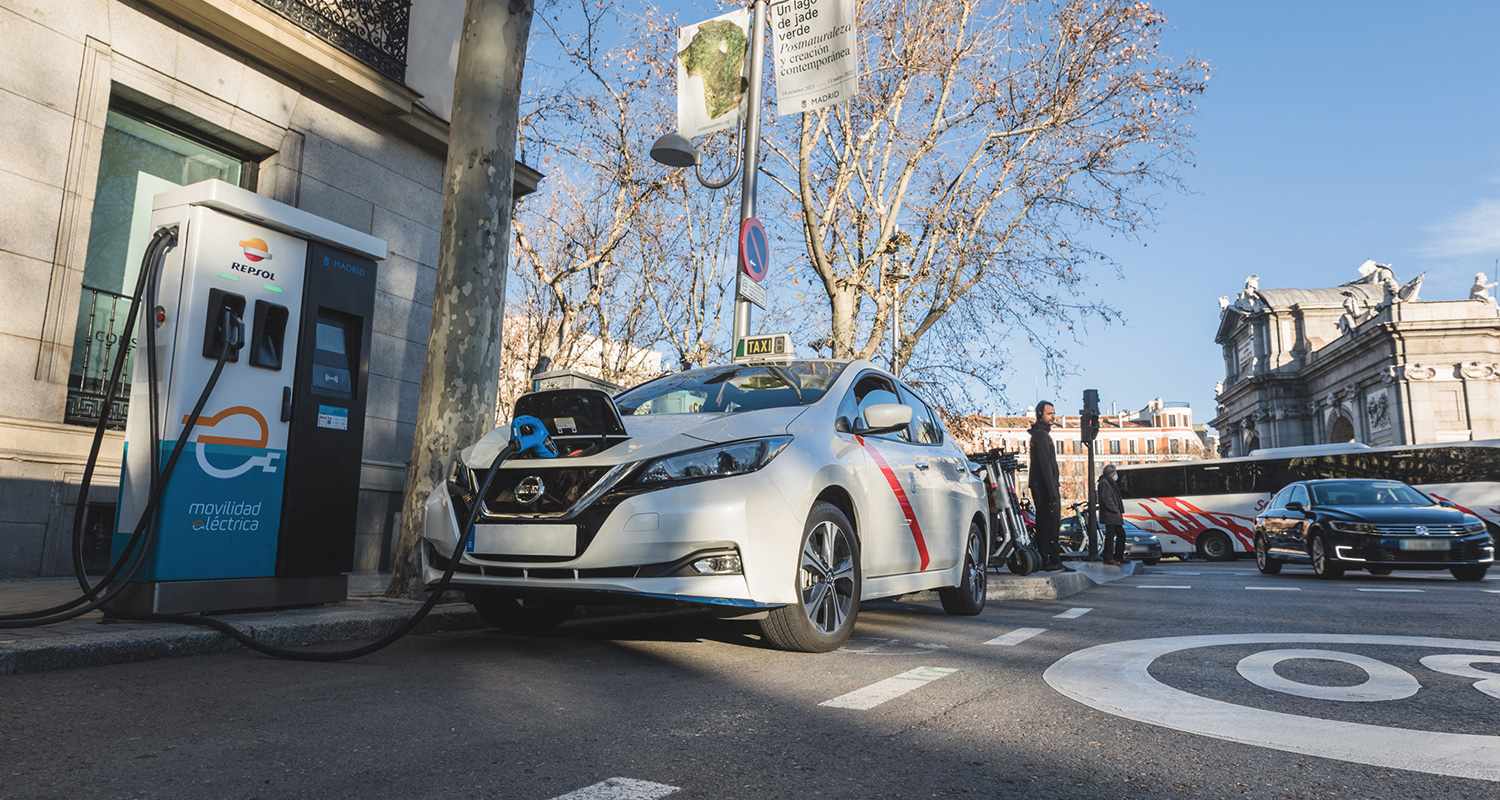
The four challenges of electric mobility
The four challenges of electric mobility
From batteries to the infrastructure network
Electricity is one of the main alternatives for reducing emissions from light vehicles, as is the use of low-emission liquid fuels. However, there are still big questions for users.
If we go out on the street and ask about electric transportation, we are likely to get almost more questions than answers: How long will the batteries last? Where will we be able to charge the cars? How, and how long will it take? There were 9,259 pure electric passenger cars in Spain in the first half of 2021, 78% more than in the same period the previous year, according to data from the Business Association for the Development and Promotion of Electric Mobility (Aedive).
Electric vehicles are increasingly more present in Spain (2% of total passenger car registrations), according to the Observatory of Electric Vehicles and Sustainable Mobility, although still far from the European average. The main reason for this growth: the incentives of the Moves III Plan, approved last spring, which subsidizes electric vehicle purchases with up to 7,000 euros and up to 70% of the investment to install charging stations.

The goal of this plan is for there to be 100,000 charging points, both public and private, as well as 250,000 electric vehicles by 2023 in Spain. What needs to happen to reach these figures?
Electric batteries
Electric batteries
The first challenge is battery ranges. Currently, manufacturers are offering batteries with ranges between 200-350 km, which limits journeys to short or medium distances. Only in the premium range, with prices that are not very affordable for the average wallet, can we find vehicles with up to 600 km of range, as is the case for the Tesla Model S.
The good news is that "the industry is working on developing chemicals that increase the energy density of batteries in the same size and space of the current ones," explained Arturo Pérez de Lucia, director of Aedive. In parallel, battery prices have been falling with the price of lithium. "If in 2010 they were at $1,000 per kWh, there are already manufacturers that have achieved prices below $100 per kWh, the threshold where the manufacturing costs of an internal combusion engine vehicle are on par with an electric one."
The infrastructure network
The infrastructure network
While the recharging infrastructure is still being implemented, it is absolutely necessary to professionalize its management; and the focus must be placed on users’ needs." Carlos Bermúdez, Repsol.
Charging points are no less significant a challenge for us in making the switch to electric vehicles. As of today, Spain has 9,098 charging points (Germany has more than 23,000, and France has almost 14,000), according to Electromaps. "Expanding the network of recharging points only makes sense if we launch it as a smart network, with capillarity criteria and a focus on users, adapting to their needs," asserted Carlos Bermúdez, Repsol's Electric Mobility Business Development Manager, whose company has already announced the launch of more than 1,000 public electric charging stations in Spain by the end of 2022, including fast and ultra-fast charging points and a maximum distance between points of 50 kilometers along Spain’s major roads.
According to Bermúdez, besides placing the points at strategic locations that fit the needs and preferences of users (service stations, public roads, parking lots, restaurants, leisure areas, and more), "given that not everyone has a garage at home, proper maintenance will be essential to avoid arriving at a charging station that's not working. Just like universal accessibility to be able to pay easily via app or QR code, for example."
Finally, the technology should be adapted to the needs of drivers "because it makes no sense to install an ultra-fast charge at home and a slow one at a service station; what we need is to match recharging times with the time to refuel with traditional fuels." In this regard, Repsol opened the electric vehicle charging station with the highest power in Europe at the end of 2019 in Ugaldebieta, Biscay, the first one that where a vehicle can be recharged at 400 kW of power at four charging points. Months earlier, the first ultrafast charging facility in the Iberian Peninsula was unveiled in Lopidana, Alava, both at company stations.
Energy that powers the batteries
Energy that powers the batteries
Another challenge facing electric vehicles is the source of the energy that powers their batteries, but we're on the right track: More than half of the electricity generated in Spain in the first half of this year was from renewable sources. Also, its production between January and June grew by almost 20% compared to the same period last year, to 65,563 GWh, according to Red Eléctrica de España.
Administrative obstacles
Administrative obstacles
The latest challenge for electric transportation lies in administrative obstacles, which the sector complains about, such as delays in granting licenses and permits by public administrations. "There are even charging points that take more than two years to be operable, and there are currently more than 4,000 public charging points installed or in the process of installation waiting for these permits and licenses," Pérez de Lucia explained.
In addition, purchase incentives "should be supported by tax reform that gives the right price signals to the market such as the temporary reduction of VAT to buy electric vehicles, as it has happened in other countries," he added.
Published in El Confidencial
